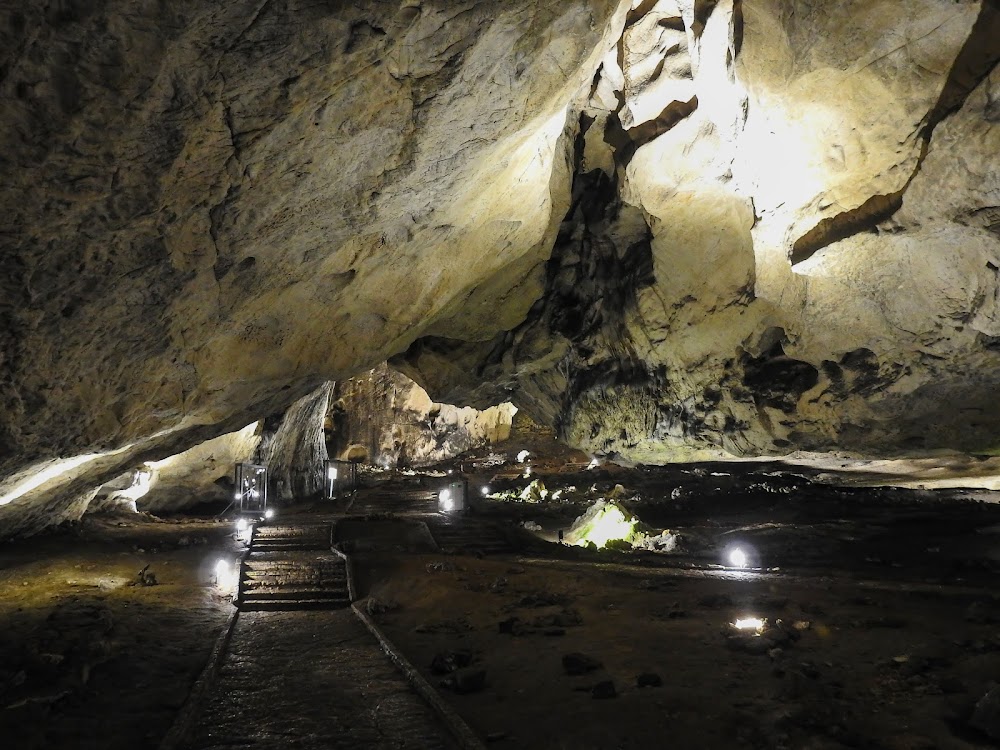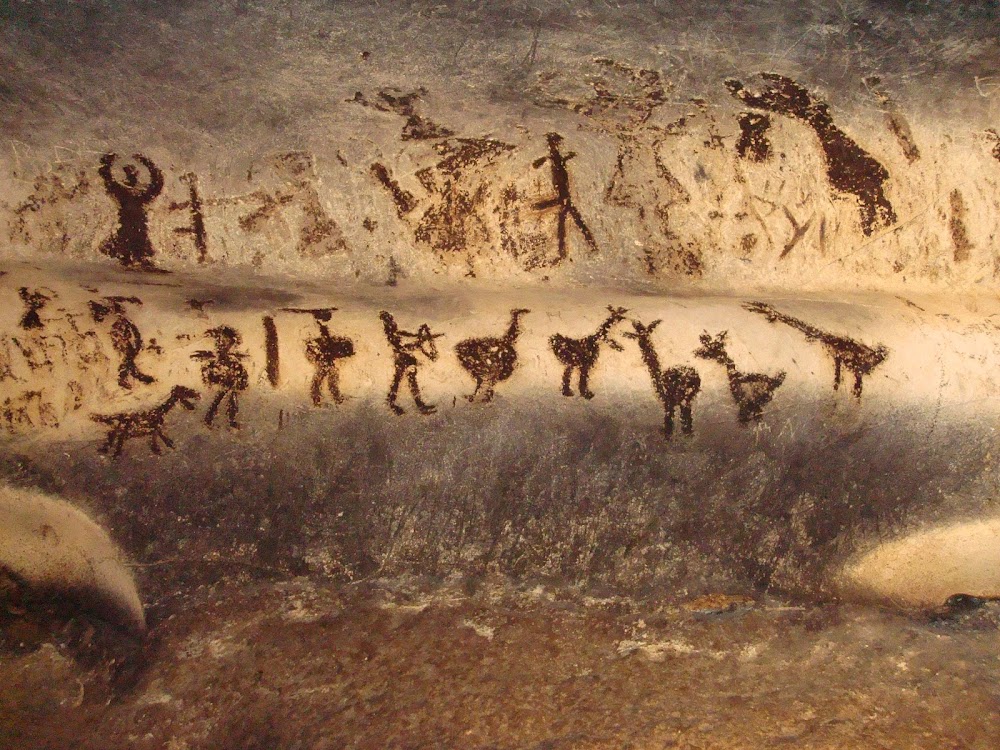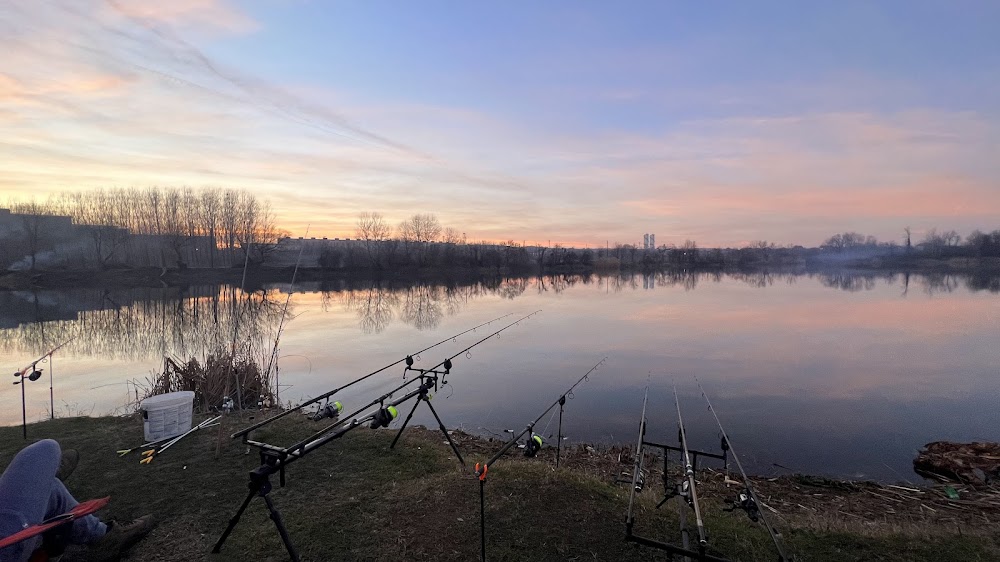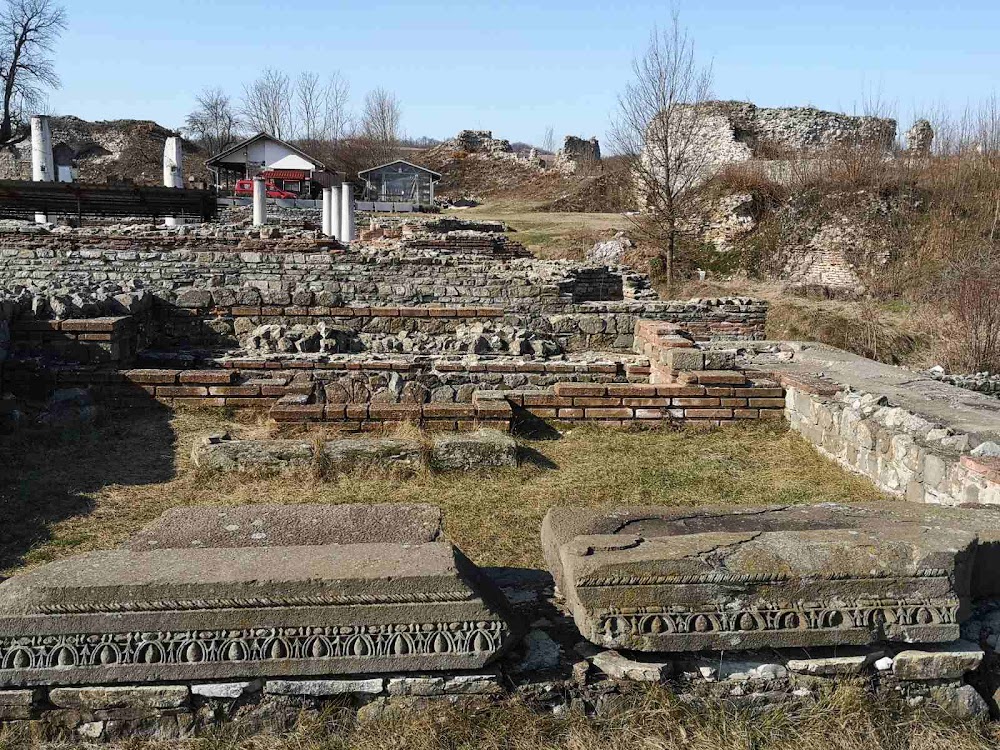Magura Cave (Пећина Магура)
Related Places
Overview
**Discovering Magura Cave: A Journey Through Time and Nature**
Magura Cave, located in the Zaječar District of Serbia, is a mesmerizing natural wonder nestled within the limestone hills of Radan. As one of the largest caves on the Balkan Peninsula, it boasts over two kilometers of galleries and halls, inviting visitors on an extraordinary journey through both geological and historical marvels. With its captivating beauty and a blend of natural and human-made wonders, Magura Cave is a must-visit for adventurers and history enthusiasts alike.
The formation of Magura Cave dates back millions of years, shaped by the relentless forces of erosion and the persistent flow of water. Rainwater, slightly acidic from absorbing carbon dioxide, infiltrated the ground and reached the limestone, gradually dissolving the rock to create an extensive network of tunnels and chambers. This intricate process has resulted in a stunning underground landscape that tells the story of Earth's natural history.
Inside Magura Cave, the walls are adorned with magnificent stalactites and stalagmites, formed by mineral-rich water dripping over millennia. These striking formations, along with columns where stalactites and stalagmites converge, enhance the cave's enchanting atmosphere. Each unique shape and size contributes to a mystical ambiance that captivates visitors as they explore the depths of this subterranean wonder.
**A Glimpse into Human History**
The significance of Magura Cave extends beyond its geological features; it also serves as a window into prehistoric human life. The cave is home to remarkable ancient cave paintings, believed to be around 8,000 to 10,000 years old. Created by early inhabitants using ochre, bat guano, and charcoal, these artworks depict scenes of hunting, dancing figures, and symbolic shapes, providing invaluable insights into the beliefs and daily life of Neolithic communities.
Archaeological excavations have revealed a treasure trove of artifacts, including pottery, tools, and bones, suggesting that Magura Cave served multiple purposes throughout history. It was not only a place of habitation but also a site for ceremonial events and possibly a sanctuary. With a consistent temperature of around 12 degrees Celsius, the cave offered a practical refuge for early humans.
During the Middle Ages, Magura Cave took on a new role as a sanctuary for local populations seeking refuge from invading forces. Its vast, concealed passageways provided safety, allowing the community to preserve their cultural heritage in times of turmoil.
**Modern Significance and Conservation Efforts**
In recent years, Magura Cave has emerged as a powerful symbol of Serbia's natural and cultural heritage, attracting thousands of tourists and adventurous explorers each year. Guided tours illuminate the cave's paths, allowing visitors to marvel at its stunning rock formations and ancient artworks while ensuring a safe and respectful experience.
An intriguing aspect of Magura Cave is its unique microclimate, which supports diverse fauna. Bats are among its most famous inhabitants, playing a vital role in maintaining the cave's ecological balance. To protect this delicate ecosystem, the environment is carefully monitored, ensuring that tourism does not disrupt the natural habitats within the cave.
Preserving Magura Cave is of utmost importance. Serbian authorities have implemented strict regulations to safeguard it from damage and degradation. These measures include visitor capacity controls, supervised artificial lighting to prevent algae growth, and ongoing archaeological investigations aimed at deepening our understanding of the cave's historical legacy.
Magura Cave remains a source of fascination and scholarly study, standing as a testament to the natural artistry of geological processes and the creative expressions of early human civilization. Its enduring allure lies in its ability to connect visitors with a rich, multifaceted history, beautifully bridging the realms of natural beauty and ancient heritage in the heart of Serbia.






